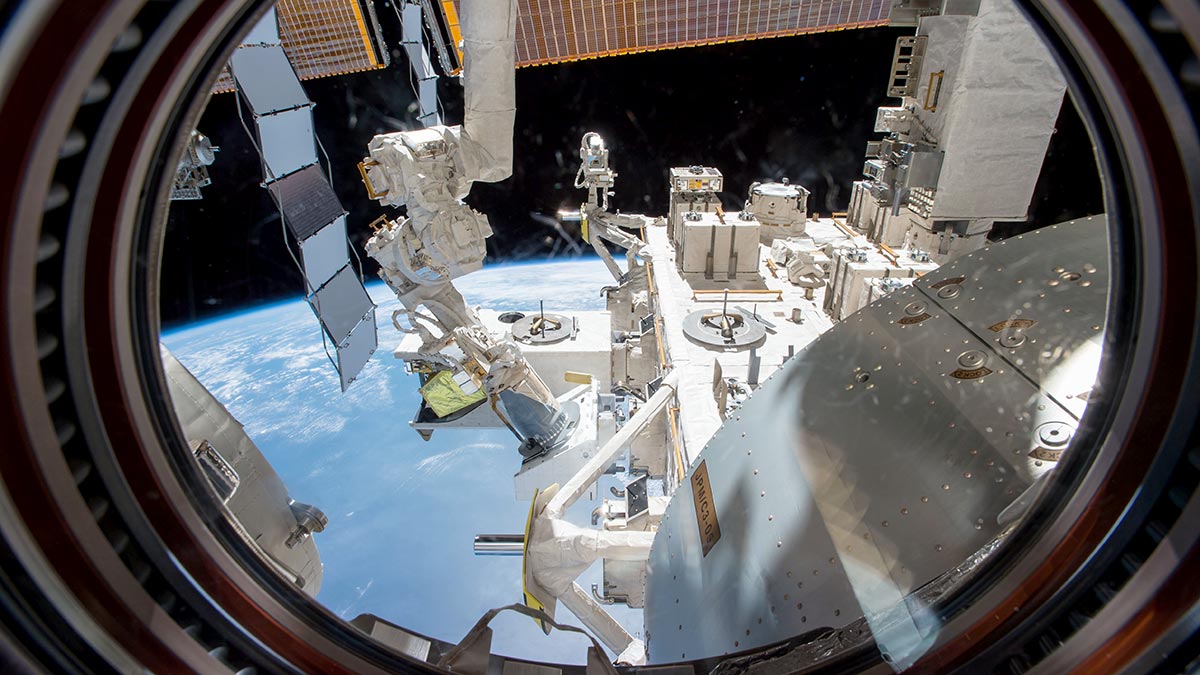Central topics of the Space business unit are the protection of space vehicles against space debris and meteoroid impacts, the study of impact events on geological surfaces and on objects in space, the development of scientific payloads, and nanosatellite missions. With the newly developed vulnerability analysis software PIRAT, researchers can calculate the failure probability of a satellite design or single components depending on both the satellite’s configuration and its orbit. Impact experiments are conducted at hypervelocity under representative conditions. These experiments are performed using accelerators that are unique across Europe in order to investigate complex and technically relevant cases of failure. For example, experimental studies on impact-induced electric discharge on solar generators and impact-induced failures of satellite system components are conducted at EMI. In geoscientific studies, processes occurring at the impact of a meteorite on geological and planetary surfaces are investigated. In addition to fundamental studies concerning the effects occurring during impacts on natural rocks, subsequent studies focus on application-oriented topics such as geological crater research and possibilities of protection against asteroid impact by means of special space vehicles. Within this context, the consequences of ejection processes on planetary surfaces are analyzed.
Based on the results of the impact tests and numerical simulations, scaling laws are developed in order to transfer the results to real scales. The development and qualification of scientific payloads for satellite missions is a further research priority at the business unit Space: We develop payloads that serve the detection and characterization of space debris and micrometeoroid impacts on satellites. In-situ sensor technology for the detection of impacts and the decoding of the impacting particle’s parameters supports satellite operation and an improved failure analysis. In addition, this sensor technology can provide important information regarding the particle population in space, serving future risk analyses and the entire research community. Further payloads currently being developed at EMI concern high-definition cameras, especially digital imaging and interface software (CCSDS) and FBGA-based computing platforms.
The development of Cubesat or nanosatellite missions is currently being established - involving mission planning, system design, configuration, integration, test phase and operation. We develop our own hard- and software components for nanosatellite/CubeSat-systems, and a UHF ground station is present. The major focus is put on developing the applications of this technology in such a way that it can be made use of across the entire research spectrum of our institute.


